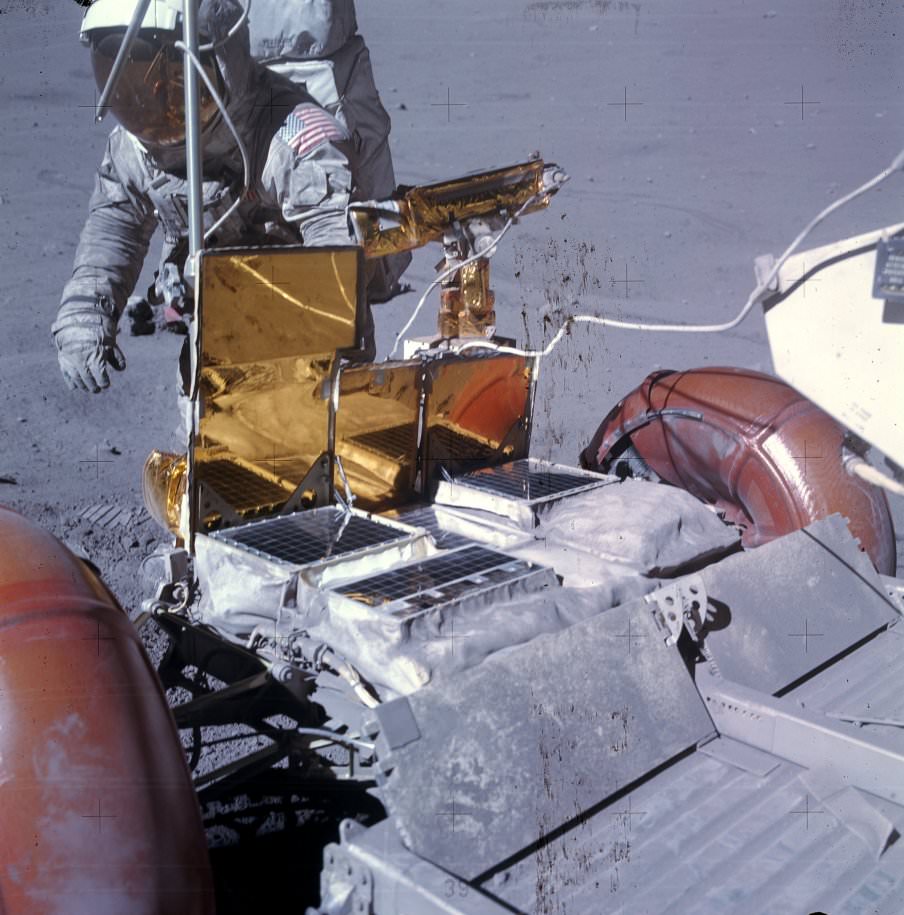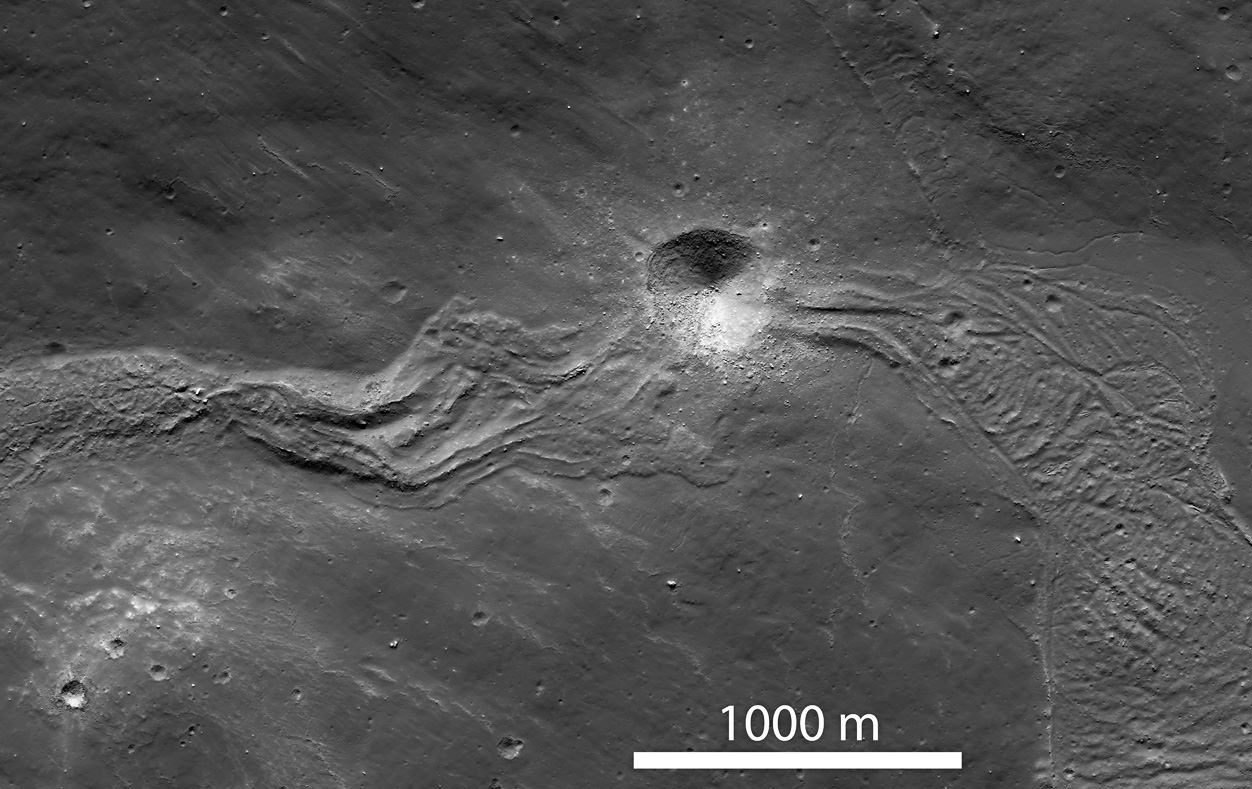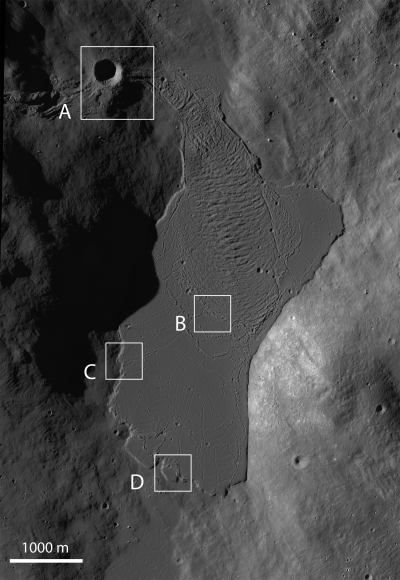As our closest neighbor in space, a time-capsule of planetary evolution and the only world outside of Earth that humans have stepped foot on, the Moon is an obvious and ever-present location for future exploration by humans. The research that can be done on the Moon — as well as from it — will be invaluable to science. But the only times humans have visited the Moon were during quick, dusty jaunts on its surface, lasting only 2-3 days each before departing. Long-term human exposure to the lunar environment has never been studied in depth, and it’s quite possible that — in addition to the many inherent dangers of living and working in space — the Moon itself may be toxic to humans.
An international team of researchers has attempted to quantify the health dangers of the Moon — or at least its dust-filled regolith. In a paper titled “Toxicity of Lunar Dust” (D. Linnarsson et al.) the health hazards of the Moon’s fine, powdery dust — which plagued Apollo astronauts both in and out of their suits — are investigated in detail (or as best as they can be without actually being on the Moon with the ability to collect pristine samples.)
Within their research the team, which included physiologists, pharmacologists, radiologists and toxicologists from 5 countries, investigated some of the following potential health hazards of lunar dust:
 Inhalation. By far the most harmful effects of lunar dust would come from inhalation of the particulates. Even though lunar explorers would be wearing protective gear, suit-bound dust can easily make its way back into living and working areas — as Apollo astronauts quickly discovered. Once inside the lungs the super-fine, sharp-edged lunar dust could cause a slew of health issues, affecting the respiratory and cardiovascular system and causing anything from airway inflammation to increased risks of various cancers. Like pollutants encountered on Earth, such as asbestos and volcanic ash, lunar dust particles are small enough to penetrate deep within lung tissues, and may be made even more dangerous by their long-term exposure to proton and UV radiation. In addition, the research suggests a microgravity environment may only serve to ease the transportation of dust particles throughout the lungs.
Inhalation. By far the most harmful effects of lunar dust would come from inhalation of the particulates. Even though lunar explorers would be wearing protective gear, suit-bound dust can easily make its way back into living and working areas — as Apollo astronauts quickly discovered. Once inside the lungs the super-fine, sharp-edged lunar dust could cause a slew of health issues, affecting the respiratory and cardiovascular system and causing anything from airway inflammation to increased risks of various cancers. Like pollutants encountered on Earth, such as asbestos and volcanic ash, lunar dust particles are small enough to penetrate deep within lung tissues, and may be made even more dangerous by their long-term exposure to proton and UV radiation. In addition, the research suggests a microgravity environment may only serve to ease the transportation of dust particles throughout the lungs.
Skin Damage. Lunar regolith has been found to be very sharp-edged, mainly because it hasn’t undergone the same kind of erosive processes that soil on Earth has. Lunar soil particles are sometimes even coated in a glassy shell, the result of rock vaporization by meteorite impacts. Even the finer particles of dust — which constitute about 20% of returned lunar soil samples — are rather sharp, and as such pose a risk of skin irritation in instances of exposure. Of particular note by the research team is abrasive damage to the outer layer of skin at sites of “anatomical prominence”, i.e., fingers, knuckles, elbows, knees, etc.
“The dust was so abrasive that it actually wore through three layers of Kevlar-like material on Jack [Schmitt’s] boot.”
– Professor Larry Taylor, Director of the Planetary Geosciences Institute, University of Tennessee (2008)
Eye Damage. Needless to say, if particles can pose abrasive damage to human skin, similar danger to the eyes is also a concern. Whether lunar dust makes its way into the eye via airborne movement (again, much more of a concern in microgravity) or through direct contact from fingers or another dust-coated object, the result is the same: danger of abrasion. Having a scratched cornea is no fun, but if you’re busy working on the Moon at the time it could turn into a real emergency.
While the research behind the paper used data about airborne pollutants known to exist on Earth and simulated lunar dust particles, actual lunar dust is harder to test. The samples returned by the Apollo missions have not been kept in a true lunar-like environment — being removed from exposure to radiation and not stored in a vacuum, for instance — and as such may not accurately exhibit the properties of actual dust as it would be encountered on the Moon. The researchers conclude that only studies conducted on-site will fill the gaps in our knowledge of lunar dust toxicity. Still, the research is a step in the right direction as it looks to ensure a safe environment for future explorers on the Moon, our familiar — yet still alien — satellite world.
Read the team’s paper in full here.
“The Apollo astronauts reported undesirable effects affecting the skin, eyes and airways that could be related to exposure to the dust that had adhered to their space suits during their extravehicular activities and was subsequently brought into their spacecraft.”
– Dag Linnarsson, lead author, Toxicity of Lunar Dust
Top image: Apollo 16 astronaut Charlie Duke with a dust-coated LRV. Side image: a dusty Gene Cernan in the LM at the end of an Apollo 17 EVA. (NASA/JSC)




